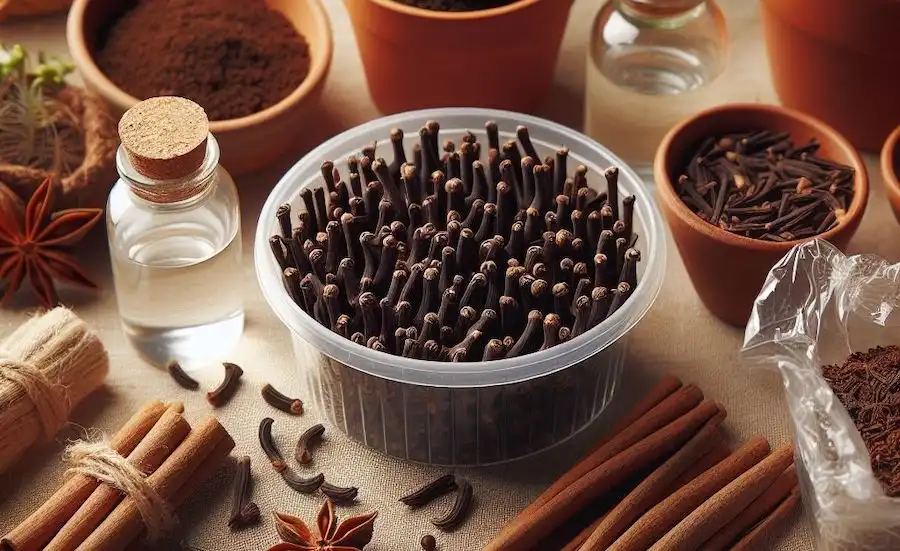Cabbage, a staple in many kitchens due to its versatility and health benefits, requires careful cultivation to thrive. From selecting the right soil to protecting your plants from pests, every step is crucial in growing a successful cabbage crop. Here’s a comprehensive guide to help you grow healthy, vibrant cabbages in your garden.

Before planting cabbage, it’s essential to ensure that the soil conditions are optimal. Cabbage prefers well-drained, fertile soil with a neutral pH. Acidic soils can hinder growth and make plants susceptible to diseases. To amend acidic soil, consider adding lime to adjust the pH level. Additionally, enriching the soil with compost or well-rotted manure provides the necessary nutrients for cabbage to flourish.

Planting Depth and Spacing
When planting cabbage, the spacing and depth are vital factors that can influence their growth. It is recommended to plant them about 30 cm apart, allowing enough space for each plant to mature properly. This spacing helps prevent the plants from competing for nutrients and sunlight, promoting healthier growth and better air circulation, which reduces the risk of disease.
Nutrition and Fertilization
Cabbage is a heavy feeder, requiring consistent nourishment to develop its dense leaves. An effective way to feed cabbage is by using a nitrogen-rich fertilizer, which is crucial during the early stages of growth when the plant is developing its leafy exterior. Organic options such as blood meal or fish emulsion can provide a slow-release form of nitrogen that is beneficial for cabbage.
For a more eco-friendly and cost-effective method, you can utilize homemade plant feeds. Diluted whey, a by-product of cheese-making, not only provides nutrients but also introduces beneficial microbes that help suppress soil-borne diseases. Additionally, integrating wood ash into the soil or directly around the plants can supply potassium, which supports overall plant health and vigor.

Pest Management and Disease Prevention
Keeping cabbage free from pests and diseases is paramount for ensuring a good harvest. An effective organic approach involves using simple household ingredients to create protective sprays. For example, a mixture of whey and liquid soap can be sprayed onto cabbage leaves to form a protective barrier against common pests like aphids and caterpillars. This mixture also helps prevent fungal diseases such as downy mildew.
Another innovative method involves incorporating iodine into your plant care routine. Adding a few drops of iodine to your cabbage watering regimen can help prevent bacterial and fungal diseases, promoting healthier growth. This trace element is essential for strengthening plant immunity and enhancing its ability to absorb nutrients effectively.
Companion Planting
Companion planting is a natural way to enhance your cabbage’s growth and protect it from pests. Planting aromatic herbs or flowers such as marigolds or nasturtiums near your cabbage can deter pests through their strong scents. Additionally, these companions can attract beneficial insects that prey on common cabbage pests.
Harvesting and Storage
Cabbage is ready for harvest once the heads are firm and have reached a desirable size. Cut the cabbage heads at their base with a sharp knife, and if conditions allow, leave the plant base in the ground to encourage a second growth of smaller heads. Store cabbage in a cool, humid place where they can last for several weeks, maintaining their freshness.
By following these expert tips, you can enjoy bountiful cabbage harvests that are not only rewarding but also contribute to a sustainable gardening practice. Happy gardening!


